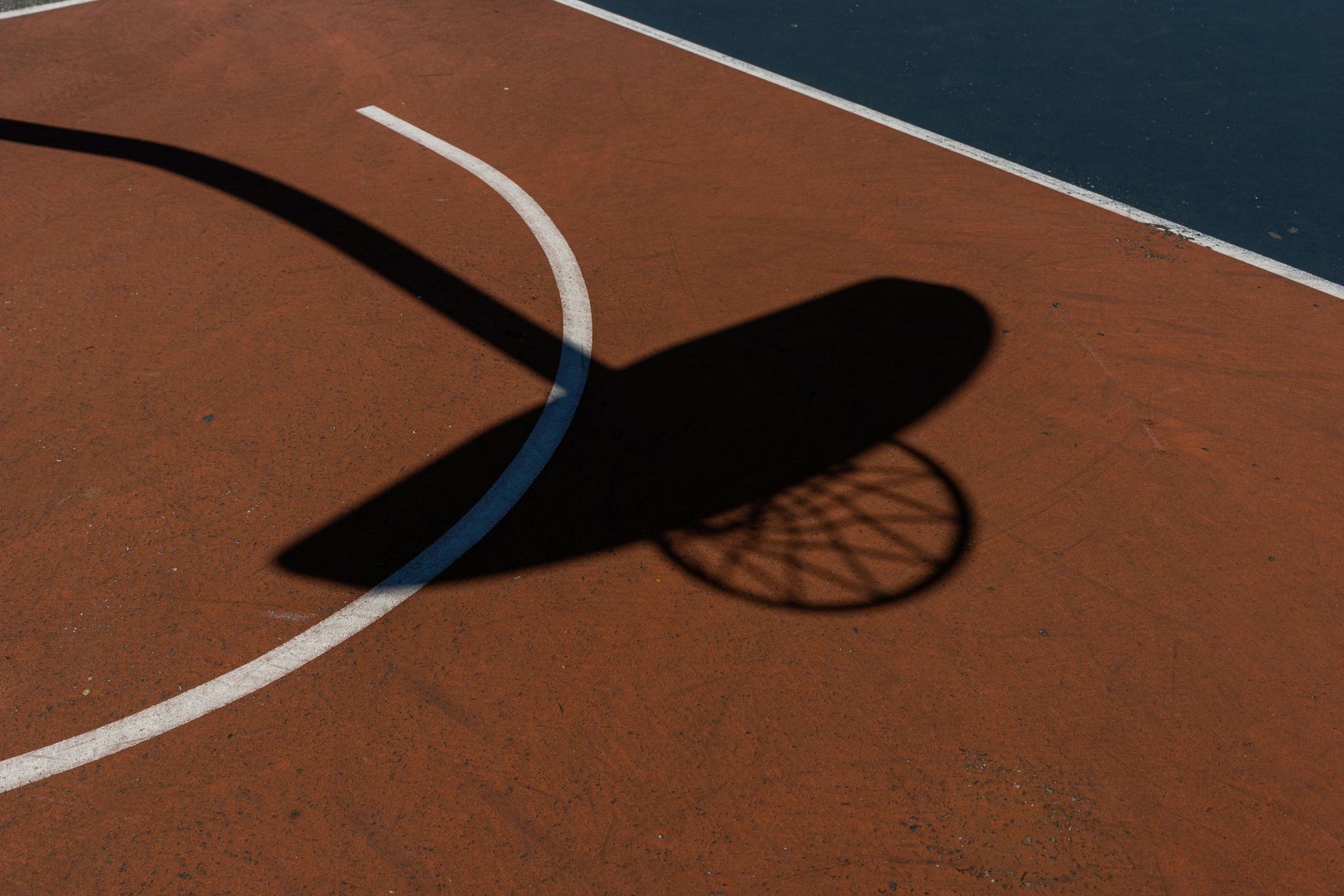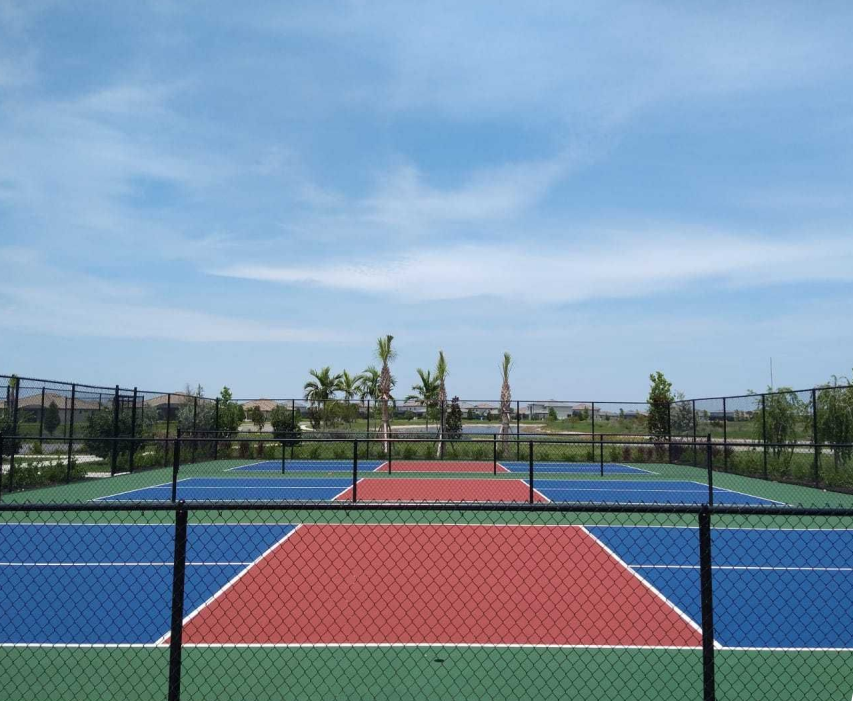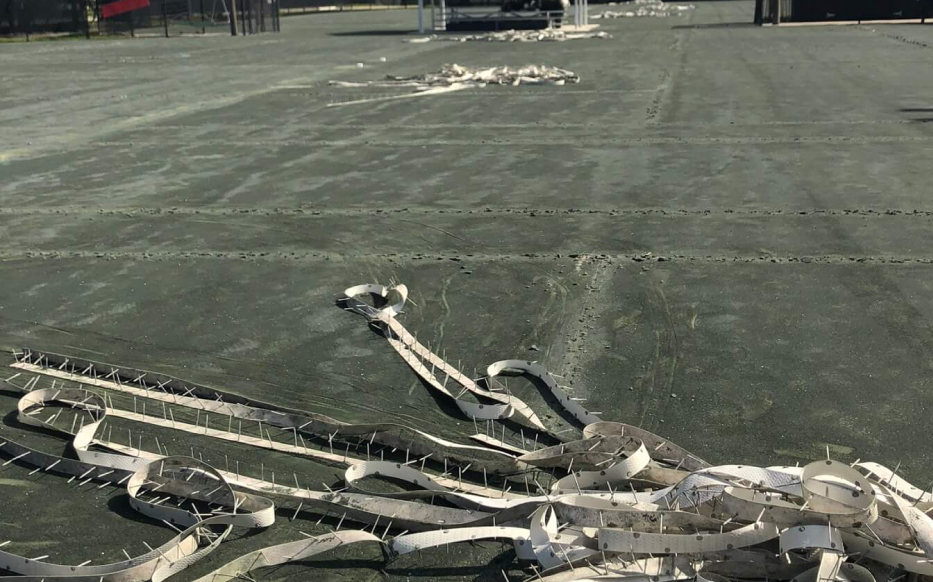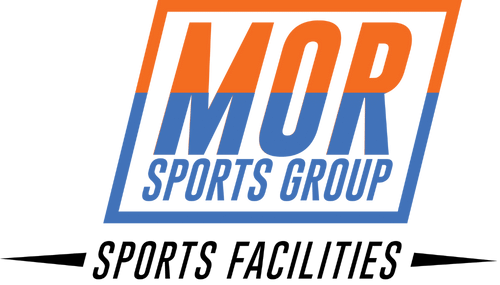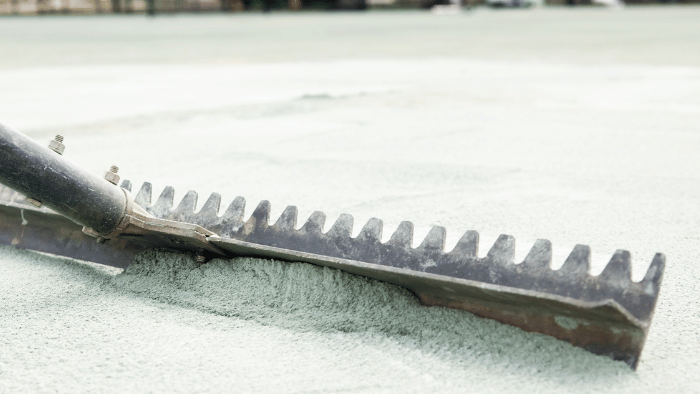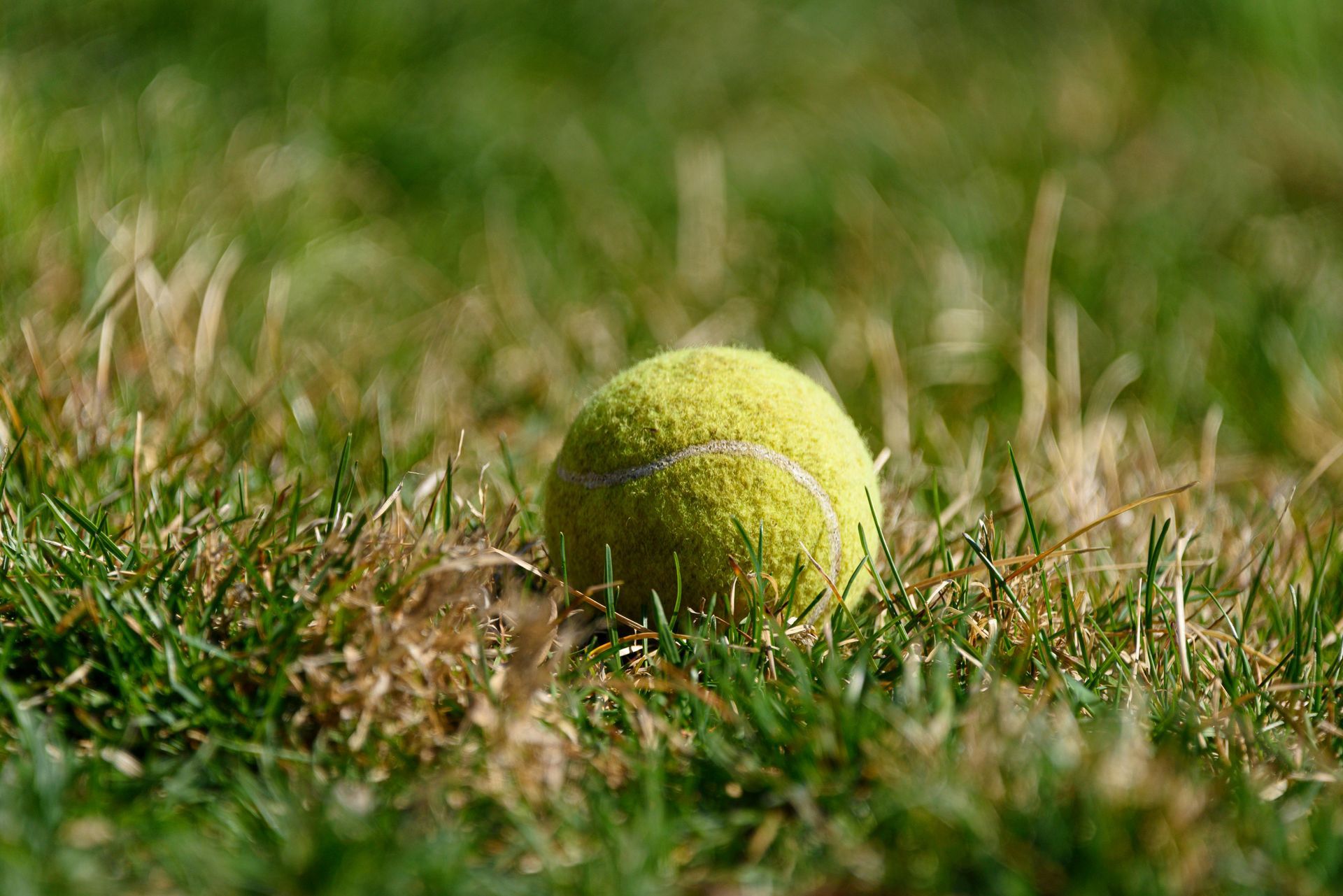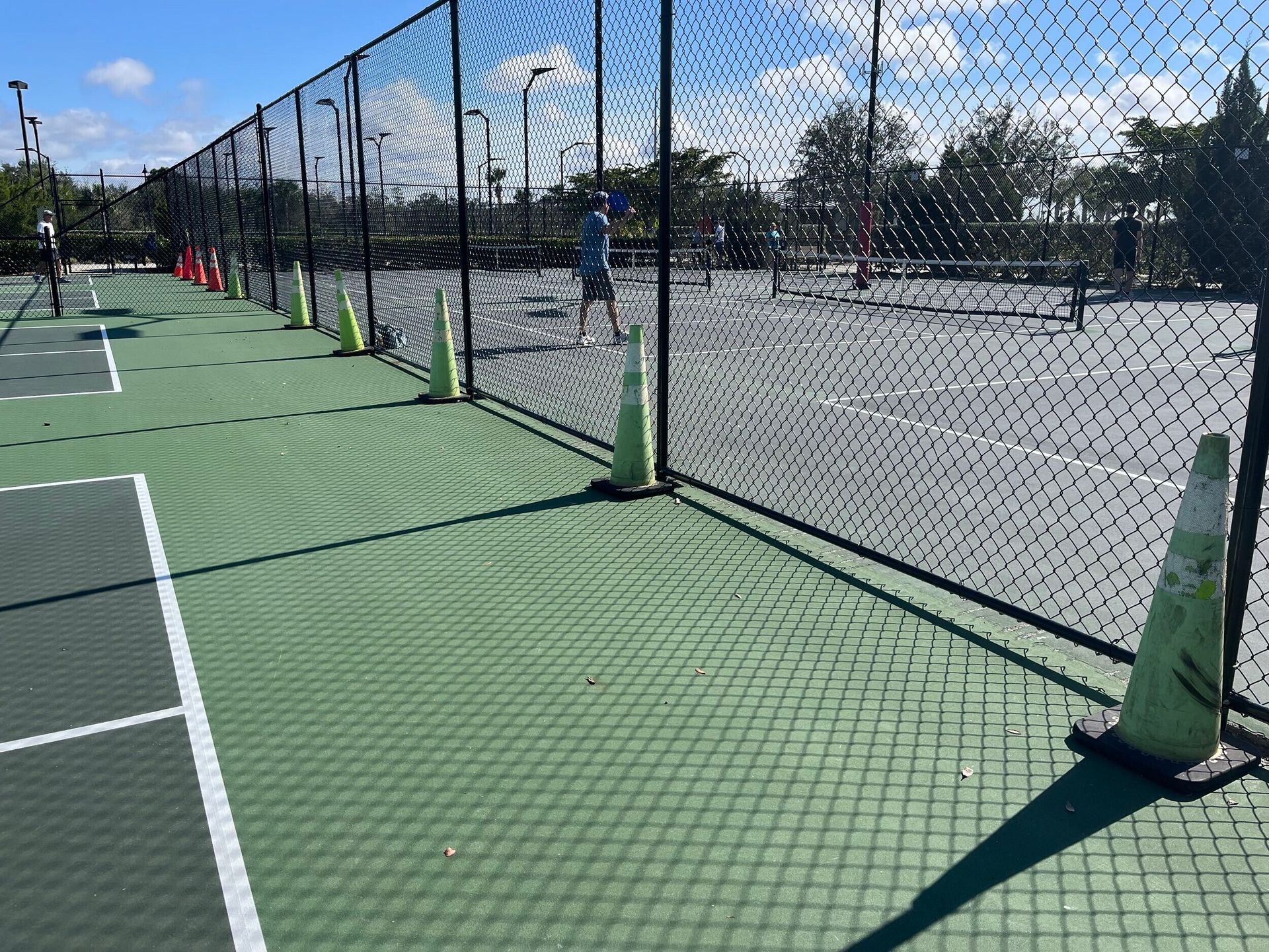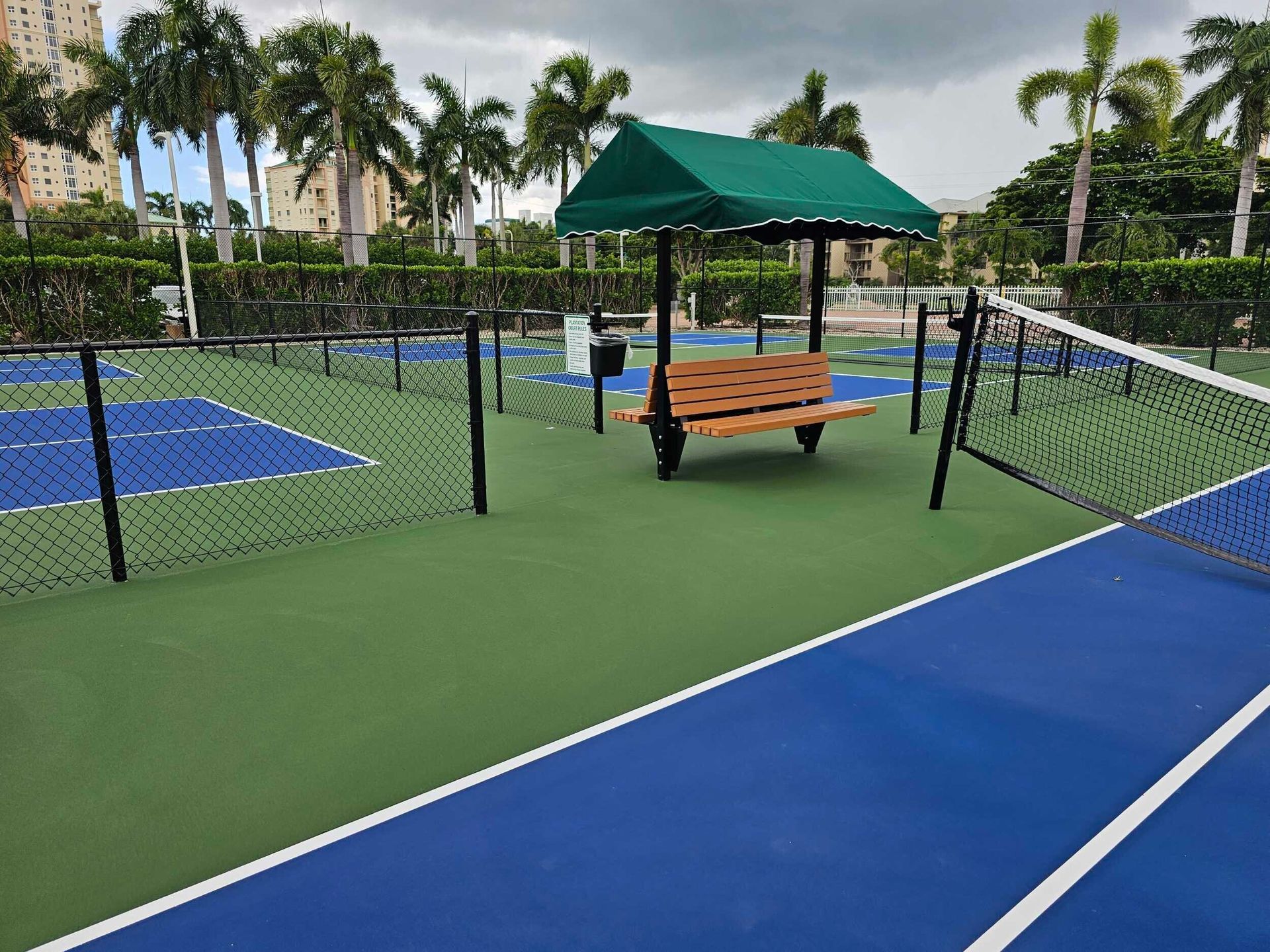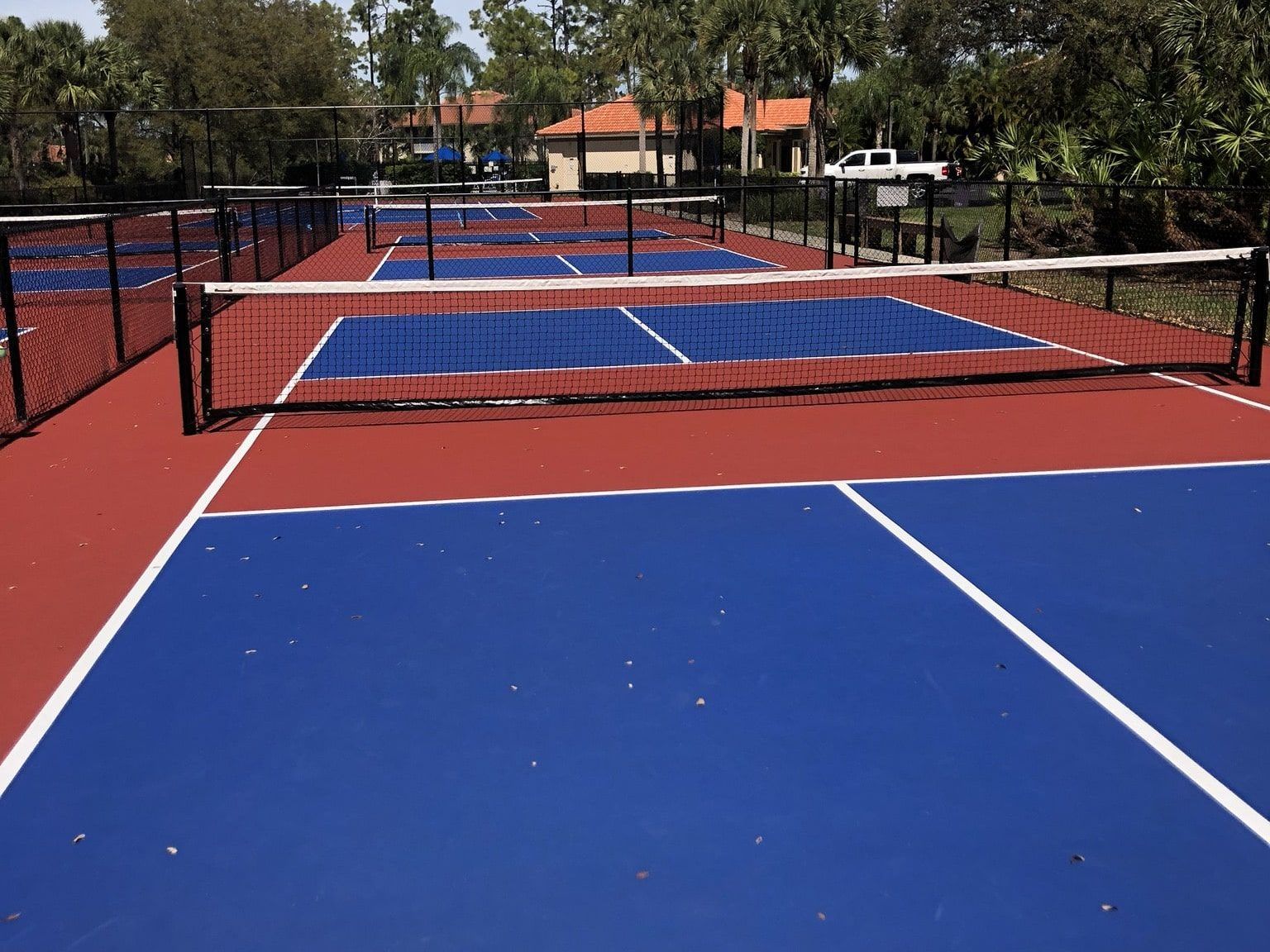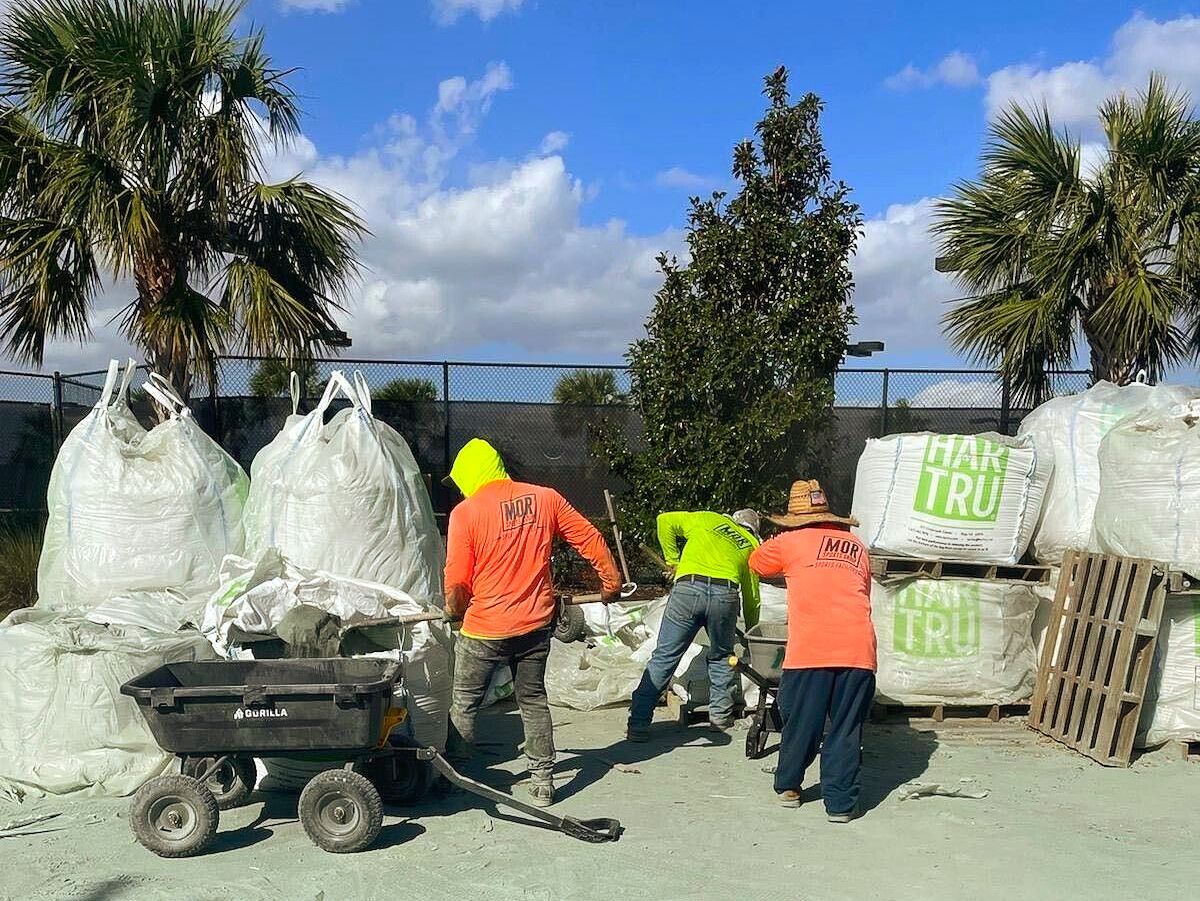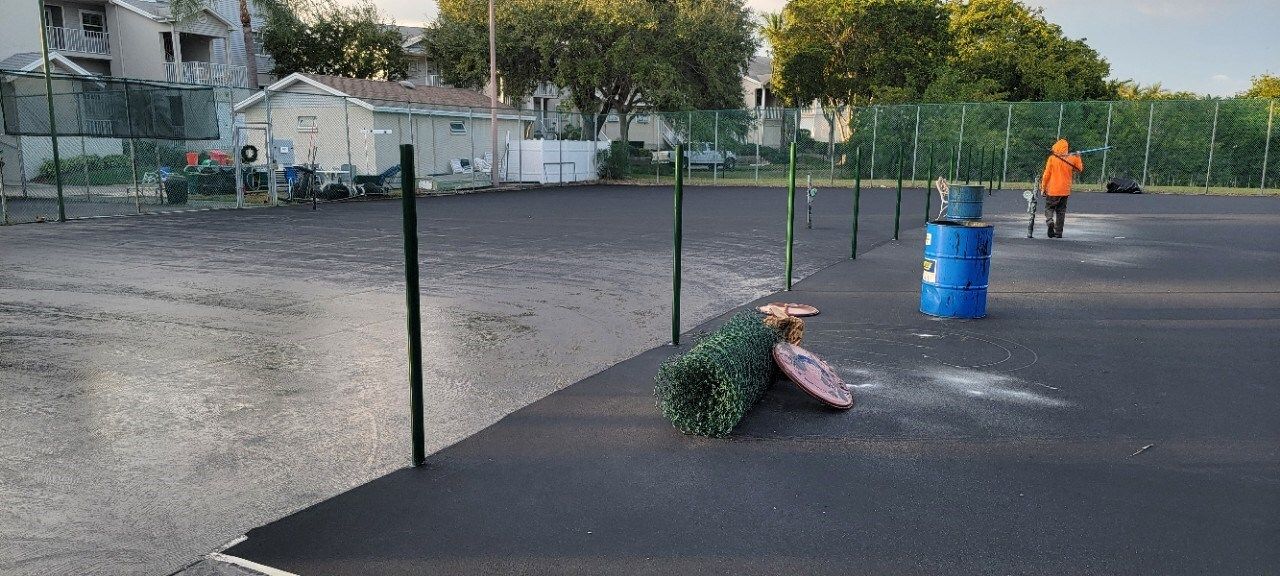Safety Standards in Sports Court Construction
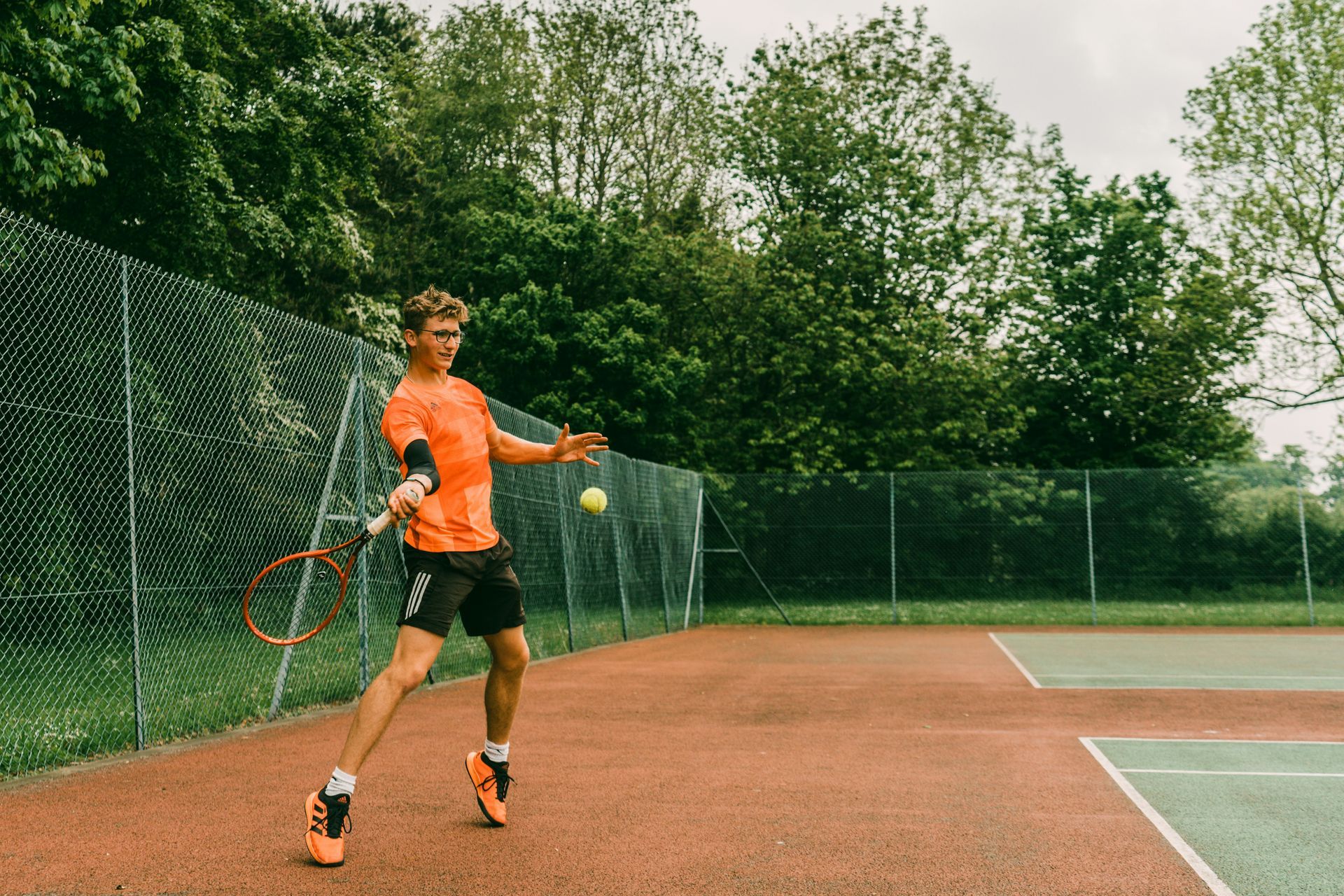
Safety standards in sports court construction are not just guidelines but essential elements that ensure the well-being of every player who steps onto the court. Whether it's for basketball, tennis, pickleball, or any other sport, the construction of a sports court requires careful consideration of various safety measures. These standards are designed to minimize the risk of injuries and accidents, ensuring that the focus remains on enjoyment and the competitive spirit of the game. Adhering to these safety protocols from the ground up is crucial for building a facility that players can trust.
The development of a sports court involves more than laying down a playing surface; it encompasses a comprehensive approach to creating a safe environment. This includes the selection of materials, the design of the court, effective drainage systems, and proper lighting, among others. Each component plays a vital role in safeguarding athletes and spectators alike. By prioritizing safety in sports court construction, builders can provide a foundation for not only physical activity and sportsmanship but also peace of mind for everyone involved.
Material Selection
Choosing the right materials for constructing a sports court is critical for both the durability of the court and the safety of the players. High-quality materials that can withstand the wear and tear of regular use without deteriorating are essential. These materials must also be safe for intense physical activity, offering sufficient grip to prevent slips and falls, yet gentle enough to minimize injury risk during falls. For instance, surfaces designed for basketball or tennis courts need to provide a balance between traction and smoothness to facilitate fast movements while reducing the chance of knee or ankle injuries.
The selection of non-toxic, environmentally friendly materials contributes to the overall safety and sustainability of the sports facility. It's important to consider how materials react under various weather conditions, as some may become hazardous when wet or extremely hot. By prioritizing safety and durability in material selection, sports court constructors can ensure a playing surface that not only lasts longer but also promotes a safer playing environment for all users.
Surface Design
The design and texture of the surface play a significant role in ensuring player safety on a sports court. A well-designed surface helps to reduce the risk of accidents by providing adequate traction for players, preventing slips and falls during fast-paced games. The texture of the court surface should be smooth enough to allow for seamless movement but not so slick that it becomes a hazard, especially in sports like basketball or volleyball where quick turns and jumps are common.
The surface design must consider impact absorption to protect players from injuries when they fall or dive. Advanced materials and construction techniques can create surfaces that help to cushion impacts, reducing the strain on joints and the risk of serious injuries. By carefully planning the surface design, constructors can create a sports court that not only enhances performance but also prioritizes the health and safety of every player.
Drainage Systems
Effective drainage systems are crucial for maintaining a safe sports court. Proper drainage prevents water from accumulating on the surface, which can create slippery conditions and increase the risk of slips and falls. Water pooling can also lead to the growth of mold and mildew, further compromising the court's safety and durability. A well-designed drainage system ensures that rainwater and moisture are efficiently directed away from the playing surface, keeping it dry and safe for use regardless of the weather.
Incorporating slope designs and strategic placement of drains around the court can significantly enhance water management. This not only improves the safety and playability of the court immediately after rainfall but also contributes to the longevity of the surface materials by preventing water damage. By prioritizing effective drainage in sports court construction, builders can ensure that the court remains a safe, enjoyable place for athletes to compete and practice, day after day.
Lighting and Visibility
Adequate lighting is essential for ensuring safety and visibility on sports courts, especially for indoor facilities or outdoor courts used during the evening. Properly designed lighting systems illuminate the entire playing area evenly, preventing shadows and dark spots that could obscure vision and lead to accidents. Here are key points to consider:
Even Distribution: Lights should be placed to cover the court uniformly, allowing players to see clearly from any position.
Intensity: The brightness should be sufficient for the specific sport, enhancing visibility without causing glare that can distract or blind players.
Energy Efficiency:
Opt for energy-efficient lighting solutions like LED lights that provide long-lasting, high-quality illumination, reducing the environmental impact and operating costs.
Well-planned lighting enhances the safety and enjoyment of the game, ensuring players can focus on their performance without worrying about visibility issues.
Equipment and Accessories
The safety of sports courts also depends on the quality and condition of the equipment and accessories used. Goals, nets, baskets, and boundary markers must be securely anchored and in good repair to prevent accidents.
Regular checks for wear and tear are essential to identify any potential hazards, such as sharp edges or loose fittings that could cause injury. High-quality, durable materials ensure that equipment withstands the rigors of active play without compromising player safety. By investing in and maintaining top-notch equipment and accessories, sports facilities can provide a safer, more enjoyable environment for athletes and spectators alike.
Regular Inspection and Maintenance
Regular inspection and maintenance are key to upholding safety standards on sports courts. This involves periodic checks to ensure all aspects of the court, from the surface to the lighting and equipment, are in top condition and meet safety requirements. Addressing issues like cracks, uneven surfaces, or faulty equipment promptly can prevent accidents and injuries. Moreover, routine maintenance tasks such as cleaning, surface repairs, and equipment checks help extend the lifespan of the court while ensuring it remains a safe place for everyone to enjoy. By committing to a regular inspection and maintenance schedule, facility operators can ensure their sports courts remain safe, functional, and appealing to users.
Compliance with Regulations
Adhering to compliance with regulations is a fundamental aspect of
sports court construction. Local and international safety standards provide a framework for ensuring that courts are built and maintained to protect users. These regulations cover everything from the materials used and the design of the court to specific requirements for equipment and lighting. By following these guidelines, builders and facility operators can ensure that their sports courts not only provide a high-quality playing experience but also minimize the risk of injuries. Compliance not only reflects a commitment to safety but also shields facility operators from legal liabilities. It’s crucial for anyone involved in the construction or management of sports facilities to stay informed about the latest regulations and to implement them diligently, ensuring that their courts meet or exceed all safety standards.
Conclusion
In conclusion, ensuring safety standards in sports court construction is paramount for the well-being of players and the longevity of the facility. From selecting the right materials and designing the surface for optimal playability to installing effective drainage and lighting systems, every detail matters. Equally important are the quality of equipment and accessories, regular inspection, maintenance, and strict adherence to safety regulations. By focusing on these aspects, builders and facility operators can create sports courts that are not only enjoyable to play on but also safe for everyone. This commitment to safety enhances the overall sports experience, encouraging participation and fostering a love for the game in a secure environment.
